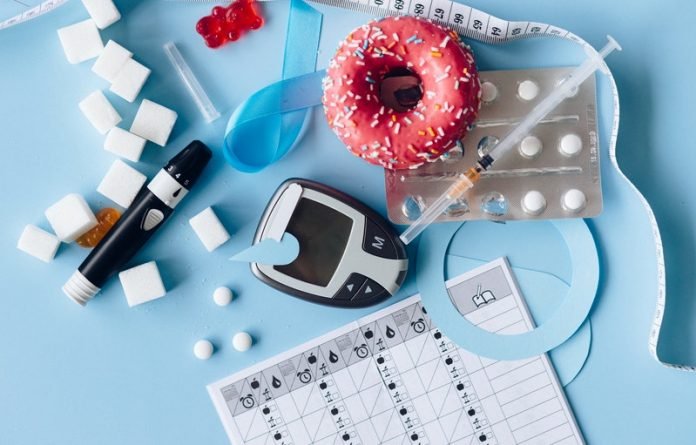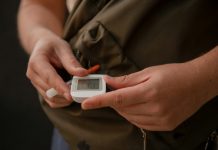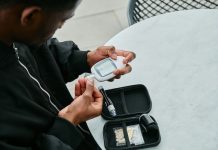
Scientists from Yale found that 14% of people who use insulin in the United States face what is described as a “catastrophic” level of spending on insulin.
They spent at least 40% of their post-subsistence income—what is available after paying for food and housing—on insulin.
The research is published in Health Affairs and was conducted by Kasia Lipska et al.
Over 30 million Americans have diabetes, and more than 7 million of them require daily insulin. But the cost of the drug has risen considerably in the last decade.
In 1996, when the pharmaceutical company Eli Lilly debuted its Humalog brand of insulin, a fast-acting type of insulin, a vial cost $21. Now it costs more than 10 times that.
Much of the rising costs can be attributed to supply chains that have become more complicated.
Each step added to the chain means another entity is collecting profits, leading to higher costs for patients dependent on insulin.
In the study, researchers examined data on Americans who use insulin, whether and how they’re insured, and who is most at risk of extreme financial burden.
They used data from the most recent Medical Expenditures Panel Survey, which covered 2017 to 2018.
They found that nearly one in seven people who filled an insulin prescription in the U.S. experienced catastrophic spending on insulin during that time.
And that’s just what they’re spending on insulin. The estimate doesn’t include other costs typically shouldered by patients, including other medications, glucose monitors, and insulin pumps.
The team also looked at how people who use insulin were insured.
Most had Medicare (41.1%) or private insurance (35.7%). Others were covered by Medicaid (11.1%) or other insurance (9.9%). The remainder (2.2%) had no insurance coverage for insulin.
The team found that Medicare beneficiaries were most burdened by insulin costs, accounting for more than 61% of those burdened by “catastrophic” levels of spending.
Medicare beneficiaries who use insulin had lower incomes than those with private, other, or no insurance.
This fact, combined with Medicare’s insulin coverage limits, makes this group more vulnerable to the financial burden.
The researchers say that these findings should help inform policy. One option currently under consideration by Congress is a $35 monthly cap on out-of-pocket expenses.
Ultimately, they say, making insulin affordable is better for everybody.
If you care about diabetics, please read studies about new way to treat diabetes without drugs, and people with diabetes should consider taking this vitamin.
For more information about diabetics, please see recent studies that people with diabetes can eat these bread without blood sugar rise, and results showing two common diabetes drugs spike heart attack risk.
Copyright © 2022 Knowridge Science Report. All rights reserved.



